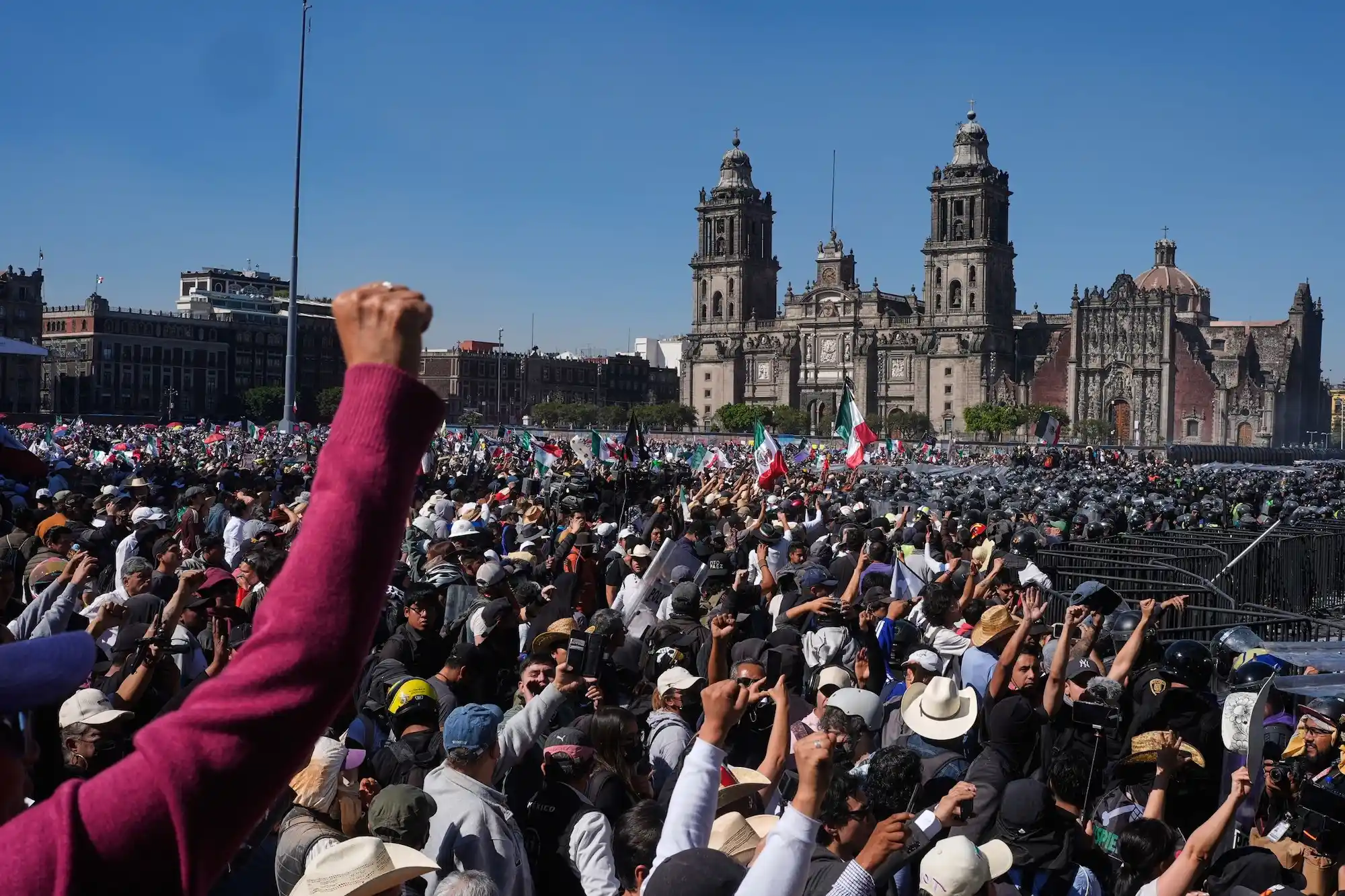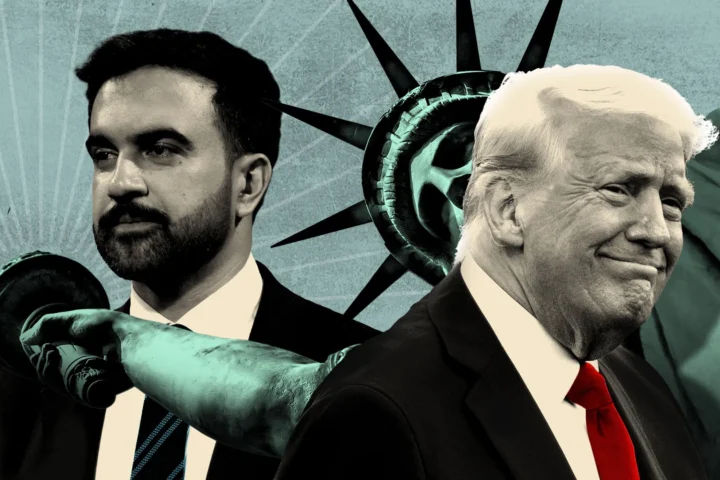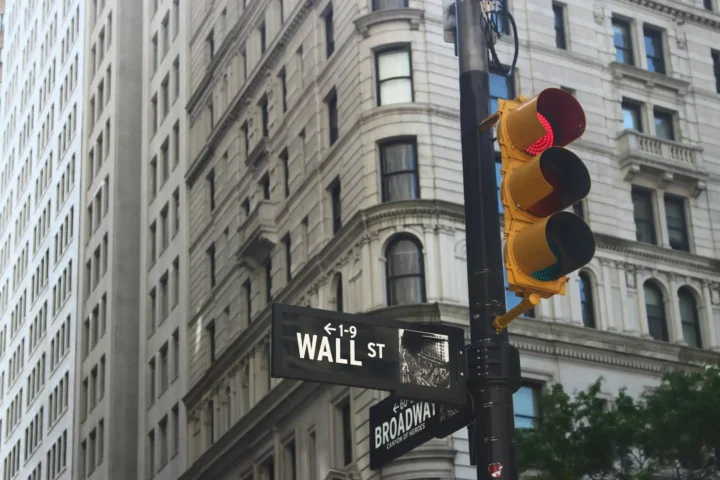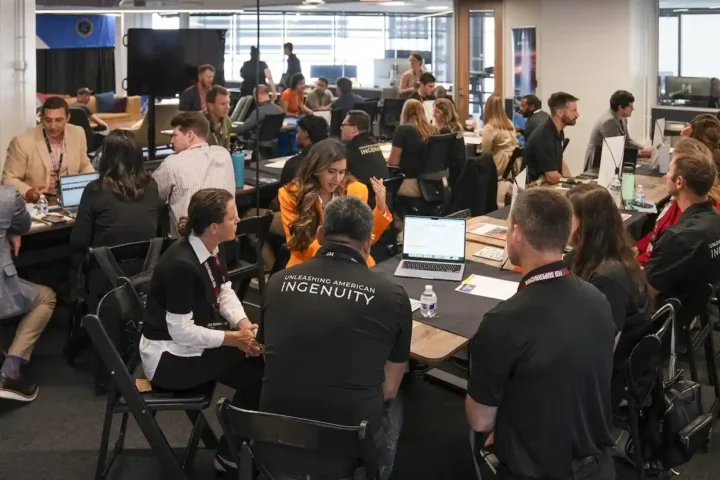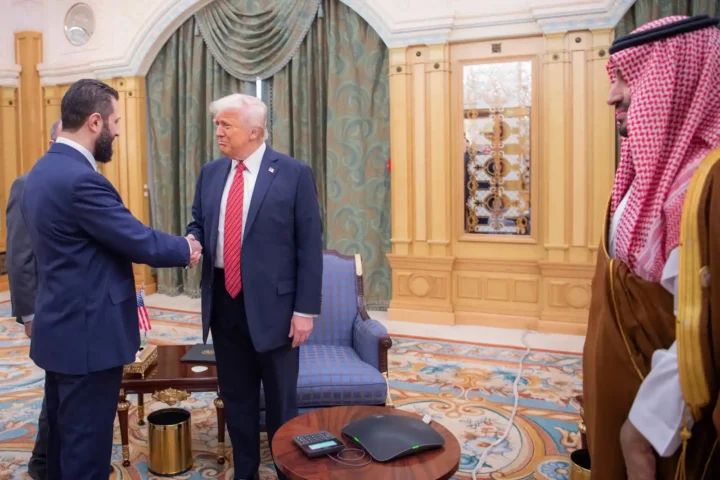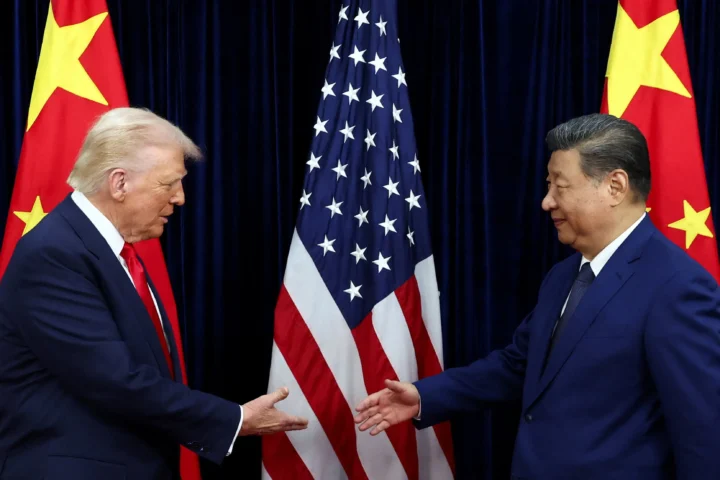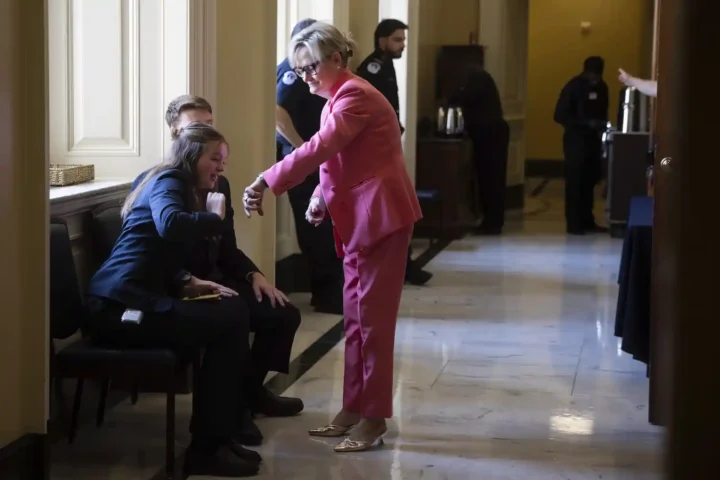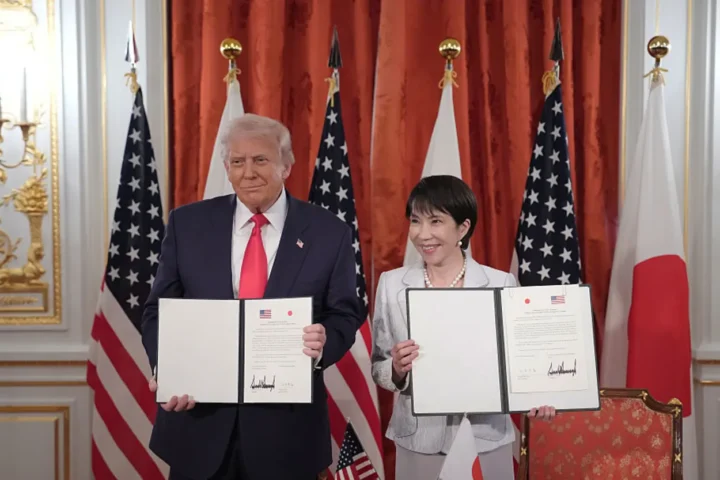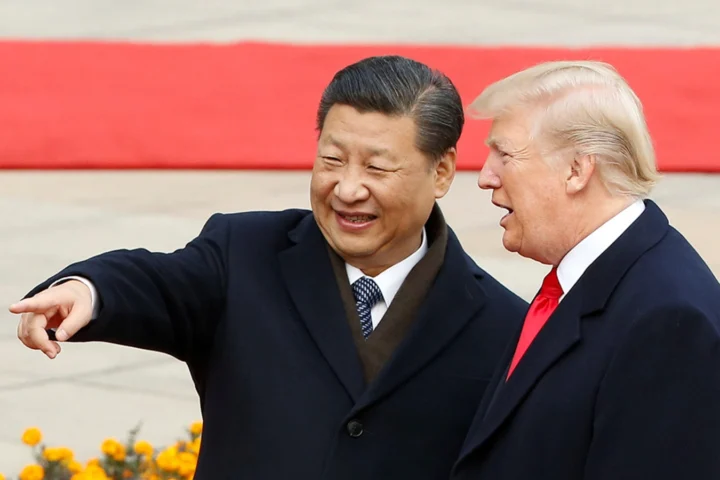The ongoing protests sweeping across Mexico have captured global attention as thousands of citizens, particularly young people, take to the streets demanding urgent action against the country’s worsening crime and corruption crises. What began as localized unrest has blossomed into a nationwide movement calling the government to account for its failure to provide security and transparency, underscoring deep frustration within a generation confronting violence and impunity as defining aspects of their daily lives.
Roots of the Protests
Mexico has long grappled with violence tied to powerful drug cartels and organized crime syndicates, but in recent years, the situation has deteriorated despite numerous governmental efforts. Homicide rates remain alarmingly high, with tens of thousands killed annually. Corruption scandals involving law enforcement, politicians, and local officials erode public trust, fueling an atmosphere where justice is often elusive.
The tipping point came with the assassination of Carlos Manzo, the mayor of Uruapan, Michoacán, a state with a notorious cartel presence. Manzo was known for his bold stance against criminal groups and had been vocal about their influence within the political system. His murder in a public event shocked the nation, triggering a wave of grief and outrage that crystallized into determined protests. Many protesters view his killing as emblematic of a government either unwilling or unable to confront entrenched criminal networks.
The Rise of the Generation Z Movement
What sets these protests apart is the prominent role of Mexico’s younger generation, dubbed “Generation Z.” Unlike previous movements primarily led by established political groups or labor unions, this latest wave is characterized by its youth-driven energy, creativity, and innovative use of symbolism. Protesters adopt global motifs of resistance, such as the pirate flag from the popular anime “One Piece,” symbolizing rebellion against oppressive forces.
CAPITAL CHAOS: Protests over corruption erupted into violence in Mexico City, leaving more than 100 officers injured. The unrest follows the assassination of a mayor who accused the president of failing to crack down on cartels. pic.twitter.com/3A4KhuohqG
— Fox News (@FoxNews) November 16, 2025
Social media platforms amplify their message, allowing rapid organization and dissemination of protest details across the country. What began as scattered demonstrations have transformed into coordinated mass mobilizations, with thousands assembling regularly in Mexico City and other urban centers, demanding concrete reforms and accountability.
What the Protests Demand
The central grievances revolve around the government’s handling of crime and corruption. Protesters accuse President Claudia Sheinbaum’s administration of being ineffective at best and complicit at worst. They charge that criminal cartels continue to operate with impunity, sometimes allegedly enjoying protection from corrupt officials.
Key demands include:
- Increased and transparent action against organized crime
- Legal and police reform to enhance accountability and professionalism
- Investigation into political corruption linked to cartels
- Justice for victims of political violence, including Mayor Manzo
- Greater government transparency on security policies and results
The movement also criticizes what they view as government attempts to suppress dissent through heavy-handed policing tactics, citing multiple clashes where riot police used tear gas and stun grenades against protesters.
Escalation and Clashes with Authorities
The protests have frequently escalated into confrontations with police. In Mexico City, demonstrators dismantled barriers near the National Palace and marched toward government buildings, seeking to make their voices heard. Police responses have been robust, using crowd-control measures that resulted in over 120 injuries, mostly among officers, but also some protesters.
Mexico Is In Full Revolt Against The Communist Chinese Backed President!
— Alex Jones (@RealAlexJones) November 15, 2025
Update: Battle in Mexico City. In the main square, Zócalo, while patriots battle with police protecting the Presidential Palace. Officers launch tear gas and bullets! Mexico rises up against Sheinbaum… https://t.co/NvrPUXvyW9 pic.twitter.com/GAqwta1Srp
These clashes have led to numerous arrests and drawn international concern over the handling of civil unrest. Critics argue that heavy policing could exacerbate tensions, fueling further mobilization rather than quelling dissent. The government, however, maintains it is upholding public order amid volatile conditions.
Political and Social Impact
The protests represent a critical juncture for Mexico’s political landscape. President Sheinbaum, once a popular leader who campaigned on promises to tackle crime and corruption, now finds herself facing mounting public criticism just two years into her term. The unrest threatens to destabilize her administration and raises questions about the viability of her security strategy.
Opposition parties and other political actors have begun aligning with the protest movement, seeing an opportunity to challenge the government’s legitimacy. This convergence signifies that what started as a youth-driven initiative has expanded into a broader societal movement demanding systemic change.
What to Expect in the Coming Days
Looking ahead, the protests are poised to persist. Several factors suggest that immediate de-escalation is unlikely:
- The government’s response, including security crackdowns, could provoke further demonstrations from an emboldened protest movement.
- Calls for justice for Mayor Manzo and other victims will resonate deeply, sustaining public participation.
- National political opposition leveraging dissatisfaction could intensify pressure on the government.
- Social media will continue to play a vital role in mobilization and message spreading.
Authorities are expected to bolster security measures around key government sites, anticipating further rallies and possible unrest. Dialogue channels between protest leaders and officials may open to explore pathways to peaceful resolution and reform, but such negotiations often face significant obstacles given the deep mistrust on both sides.
A Nation at a Crossroads
Mexico’s ongoing protests reflect profound societal frustration and a demand for sweeping change. The youth-led movement embodies a generational awakening, unwilling to accept persistent violence and systemic corruption as the norm. Their call for justice, transparency, and effective governance resonates beyond Mexico’s borders as a powerful statement for democratic accountability in an era of rising insecurity.
How the government responds—whether with reform, repression, or a combination of both—will shape Mexico’s political and social trajectory for years to come. For now, the streets remain a potent battleground where citizens express their demands loudly, refusing to be silenced amidst one of the country’s most turbulent periods.
